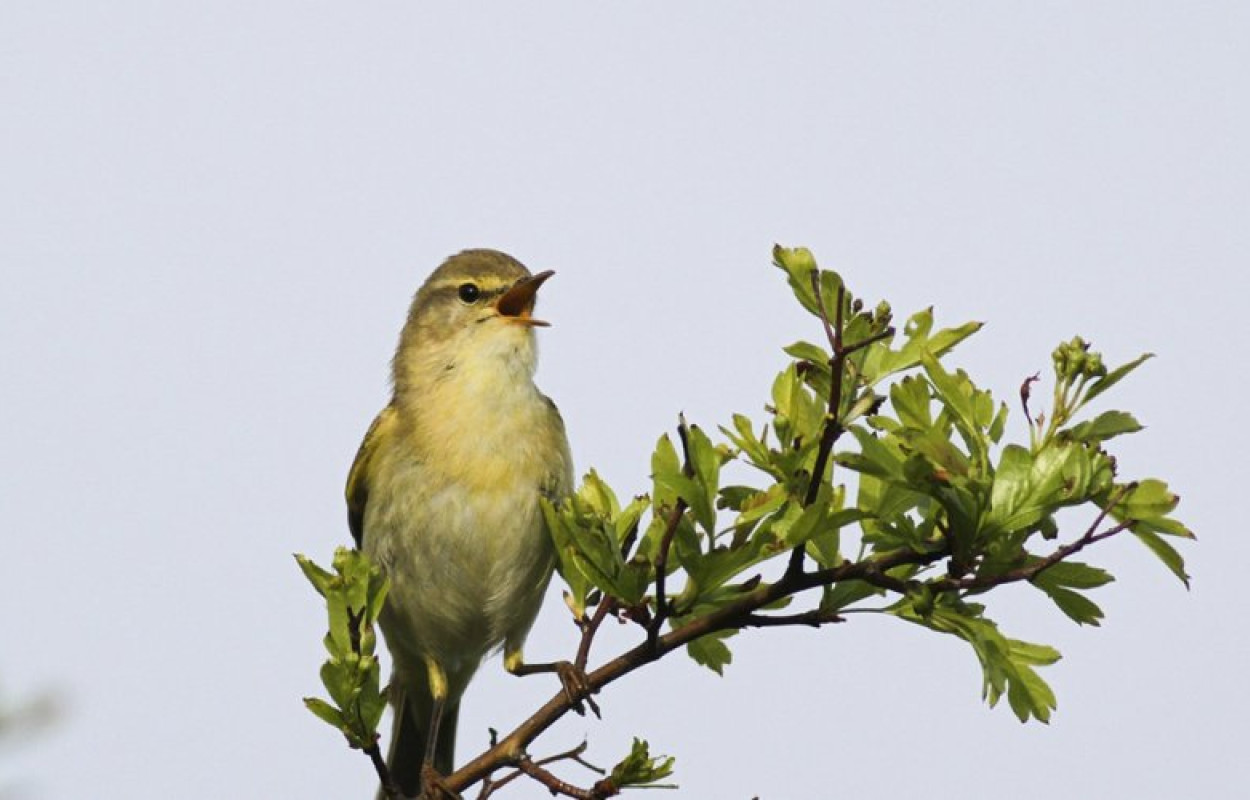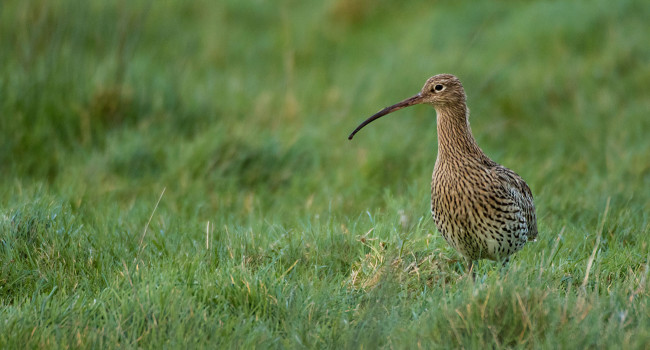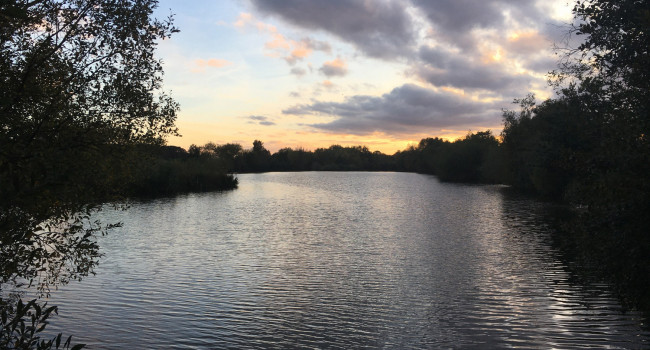Using stable isotopes to link breeding population trends to winter ecology in Willow Warblers Phylloscopus trochilus

Author(s): Morrison, C.A., Robinson, R.A., Clark, J.A., Marca, A.D., Newton, J & Gill, J.A.
Published: January 2013
Journal: Bird Study Volume: 60 ( part 2 )
Digital Identifier No. (DOI): 10.1080/00063657.2013.767773
Populations of many of the UK-breeding birds that migrate to Africa for the winter are falling rapidly. These trends could be linked to conditions experienced during breeding, over winter, or on migration. Since the early 1990s, the abundance of Willow Warblers, one of Europe’s most numerous long distance migrants, has fallen sharply in the south and east of England, but decreases are less marked or absent in the north and west of England and Scotland. Could these contrasting population trends be explained by differences in the conditions birds are experiencing outside of the UK?
New research by the BTO, the University of East Anglia and the Scottish Universities Environmental Research Centre has used stable isotope analysis to answer this question. Stable isotope ratios of elements such as carbon, nitrogen and hydrogen vary across the environment in predictable ways, and therefore provide an indication of large-scale variation in geographic location and environmental conditions (e.g. latitude, precipitation, distance from sea) or smaller-scale variation in local environmental conditions (e.g. habitat, soil type). When animals eat or drink, they incorporate these isotopes into their growing body tissues, such as hair, feathers and claws. Since Willow Warblers moult during the non-breeding season, collecting small samples of these winter-grown feathers during the breeding season allows stable isotope analysis to be used to look for differences in location and timing of moult between and within breeding populations.
During the summers of 2008 and 2009 feather samples were taken by ringers at several Constant Effort Sites throughout the UK. Results demonstrated that Willow Warblers breeding in Scotland had different feather stable isotope signatures to those breeding in eastern England. BirdTrack shows that Willow Warblers breeding in southern Britain arrive approximately a fortnight earlier than those breeding in the north. If Willow Warblers breeding in the south moult at different times in Africa than later-arriving northern birds, then this could contribute to the regional variation in isotope signal.
While pinpointing exact wintering locations of Willow Warblers is not possible from these data, the regional stable isotope differences may reflect variation in the trophic composition of birds’ diet and location during moult, and/or the timing of it. Such differences could mean that British-breeding Willow Warblers are exposed to non-uniform environmental conditions, which could influence subsequent breeding success and survival rates.







Share this page